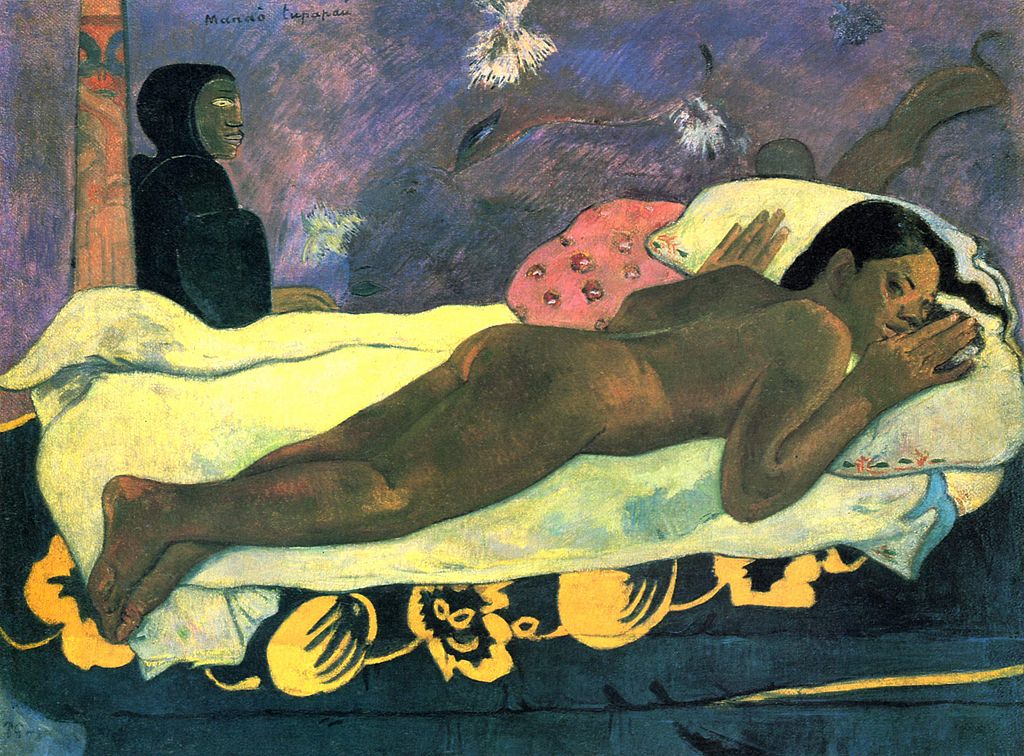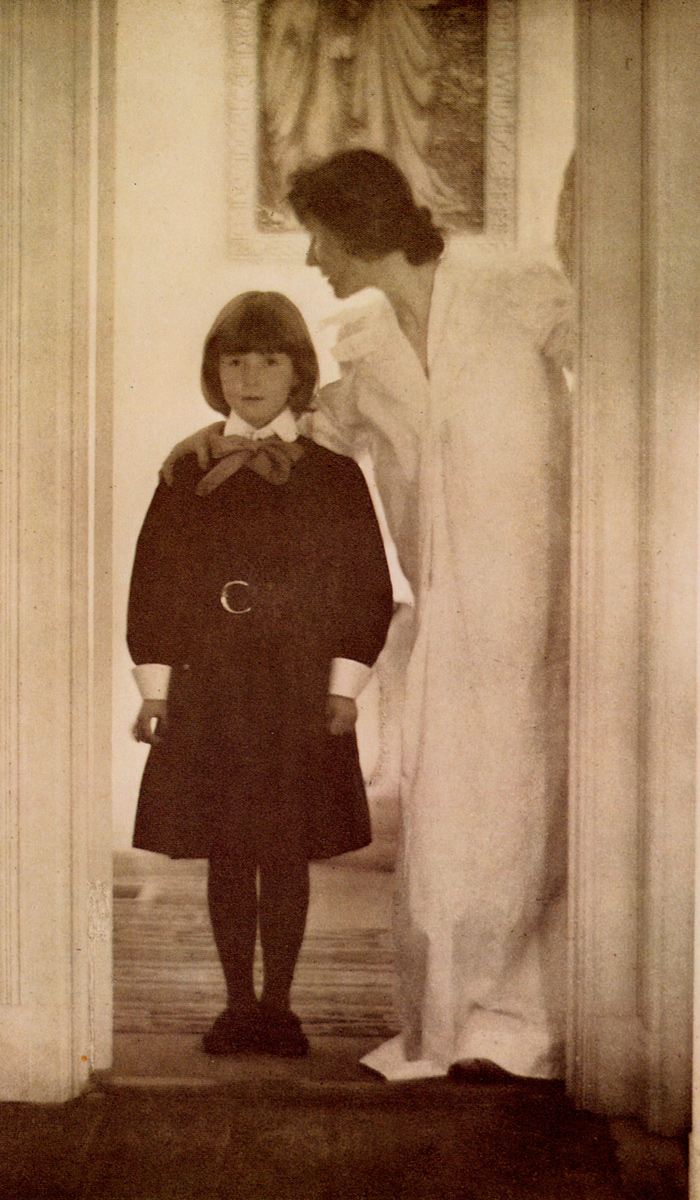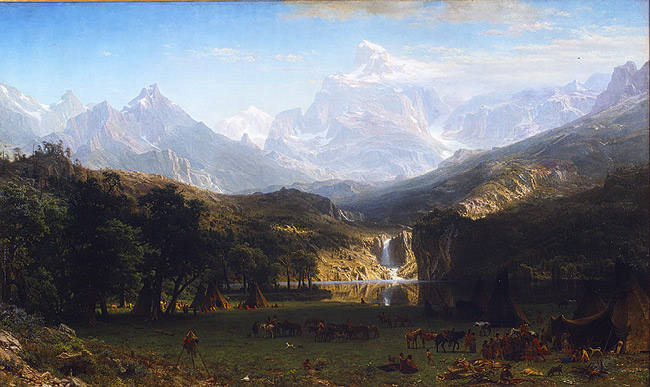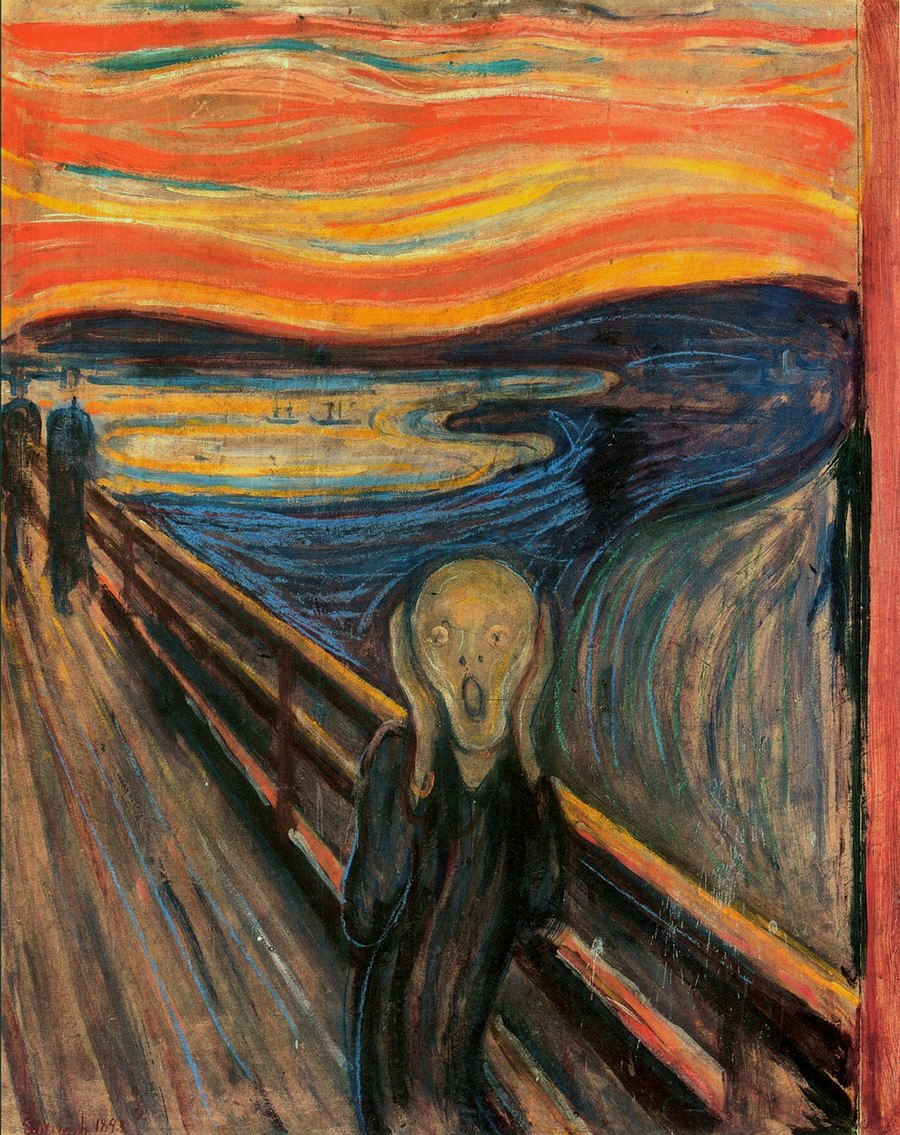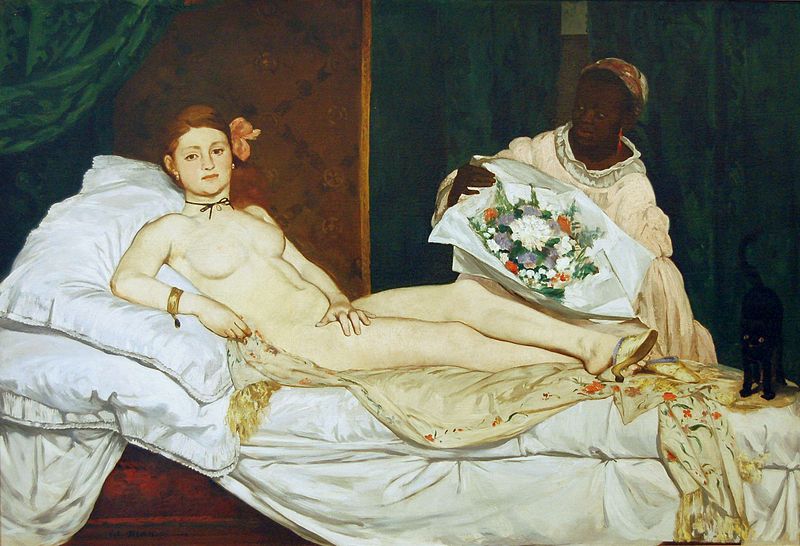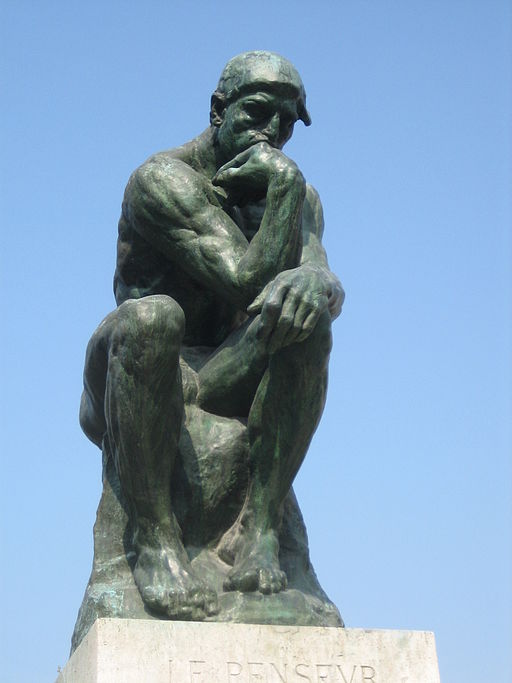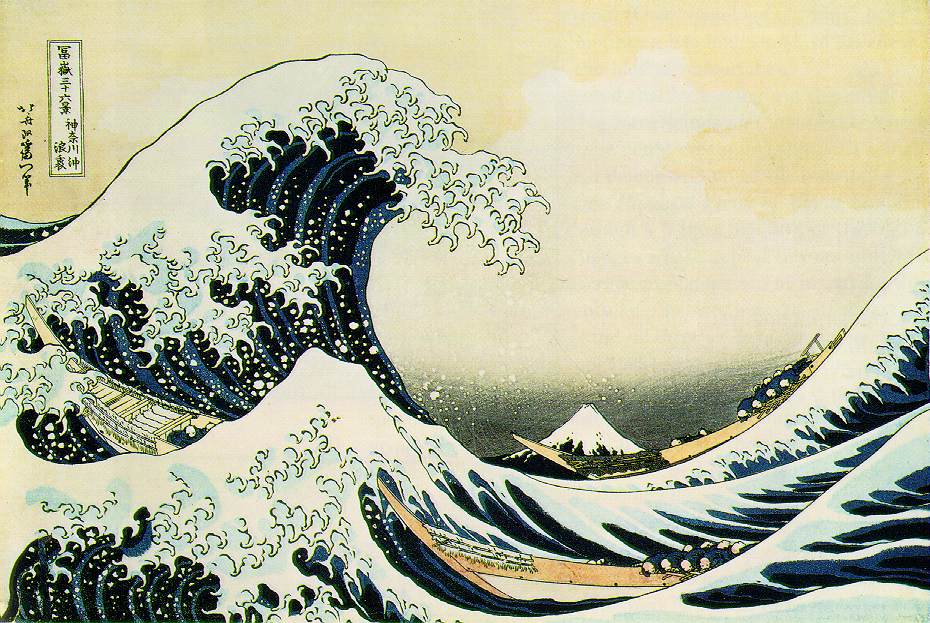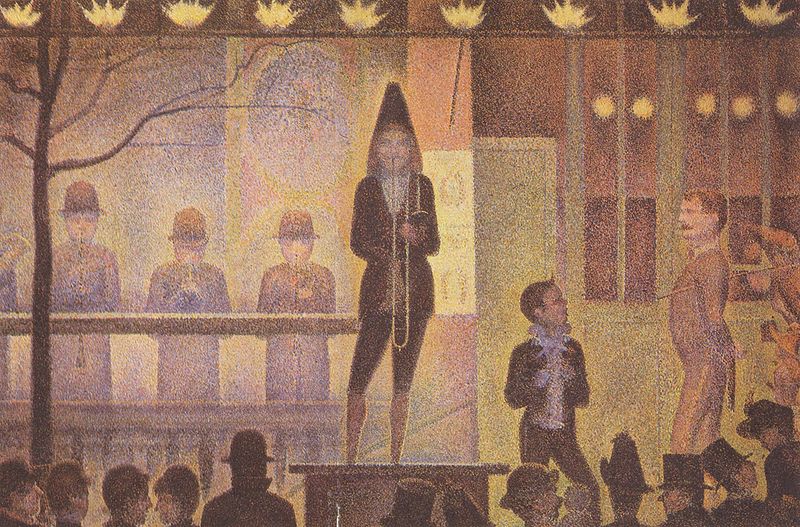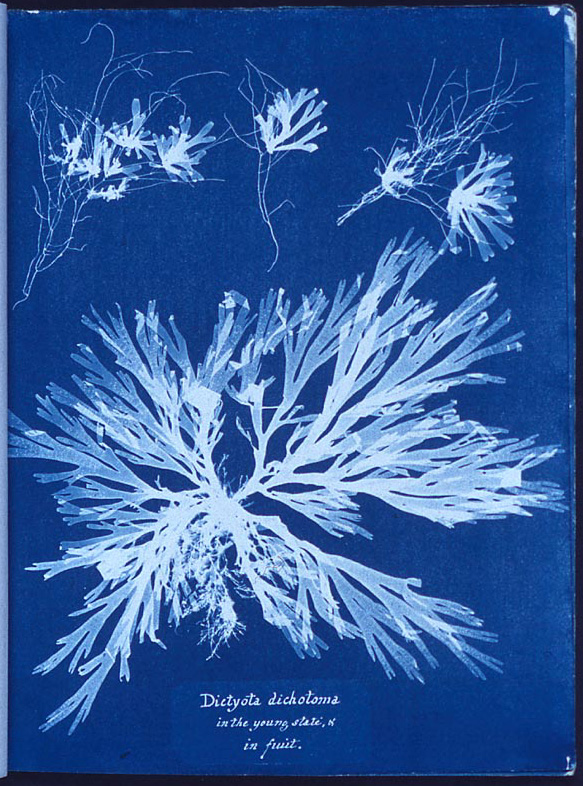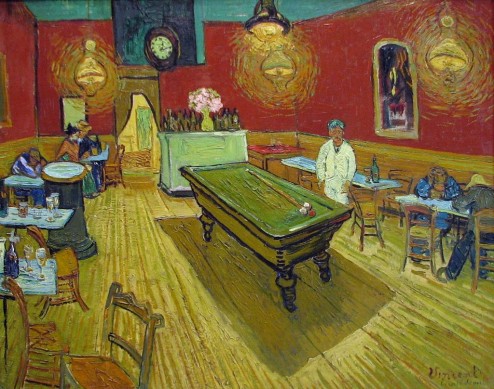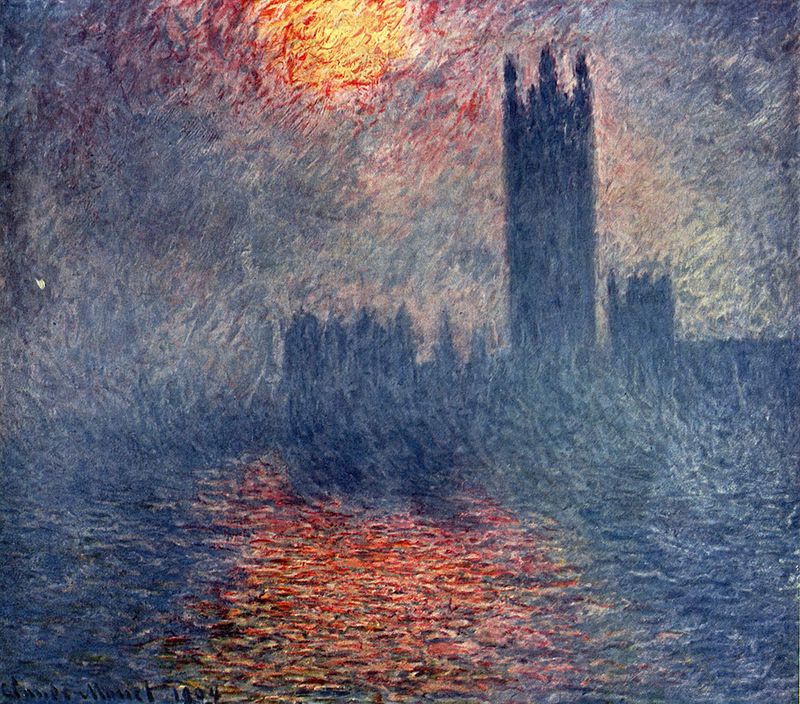Jean-François Millet’s The Sower was Van Gogh’s favorite painting. He loved the way the French artist from the Barbizon School painted the peasant in such a way that he is ennobled, yet the scene is unemotional; his face is largely concealed. Millet presented the laborer as … Continue reading
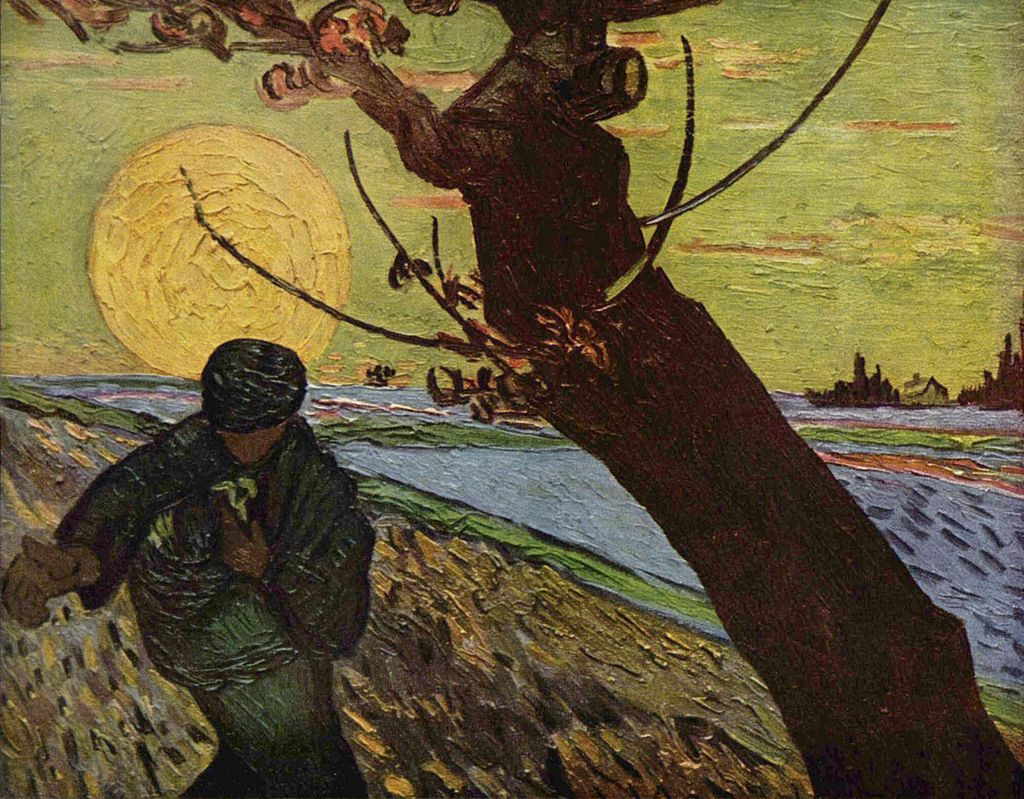 Vincent van Gogh, Sower at Sunset, 1888, oil on canvas, Van Gogh Museum, Amsterdam, Public Domain via Wikimedia Commons.
Vincent van Gogh, Sower at Sunset, 1888, oil on canvas, Van Gogh Museum, Amsterdam, Public Domain via Wikimedia Commons.

